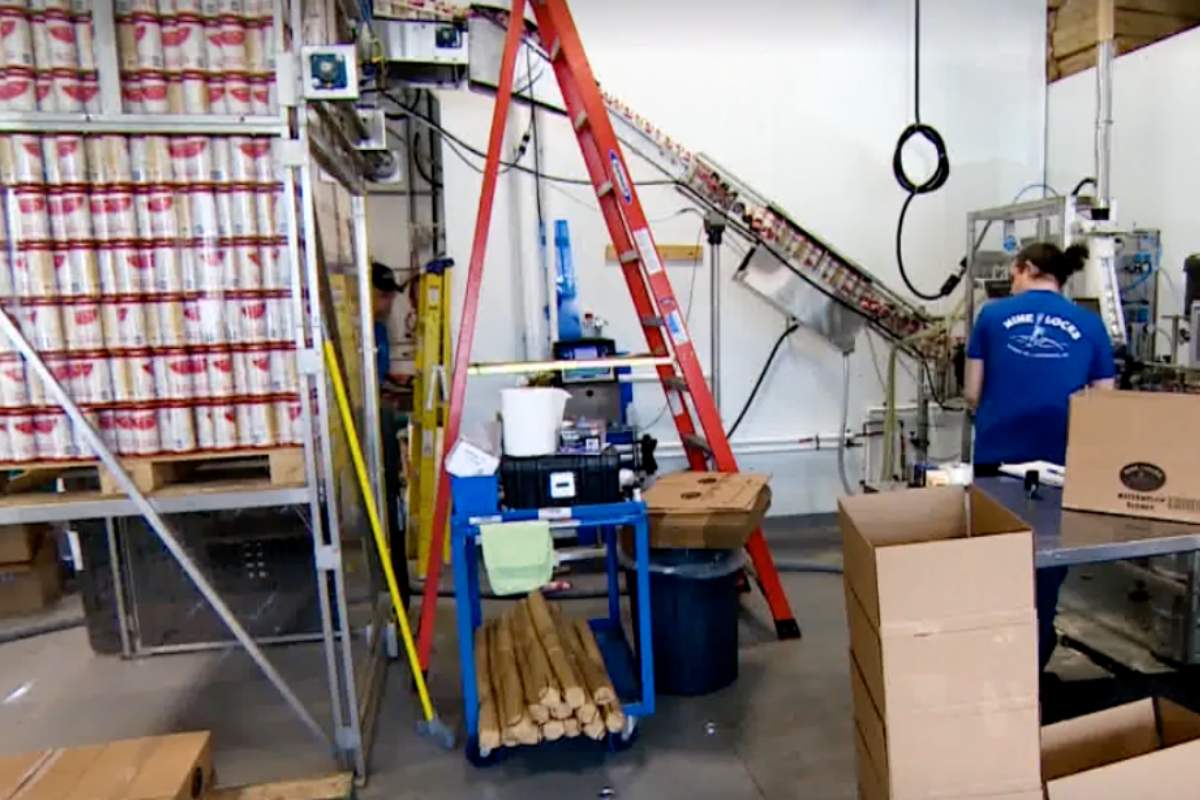
Nova Scotia’s craft beer industry continues to grow and thrive in spite of all the challenges it has been facing, but some producers say the current policy in place is still penalizing the most successful brewers.
“Nova Scotia craft beer is a real success story,” says Brian Titus, the president of the Craft Brewers Association of Nova Scotia (CBANS). “It’s a great thing for this province. It helps retain young workers, it draws tourists — it’s something we need to support.”
The craft sector is working with policies that pre-date its growth, and hurt those who are trying to expand.
“Nova Scotia is literally at the bottom of the barrel,” he said. “We have the highest markups on small producers, we have the lowest limit before you become a full commercial brewer.”
“So that’s a doubly whammy,” said Titus, who is also the owner of Garrison Brewing.
“Somebody who would be paying a six or seven percent markup in Ontario or Quebec as a small producer pays 40 per cent here. And if you show any growth, they pay 85 percent.”
The producer would pay an 84.5-per cent markup if production exceeds 15,000 hectoliters of beer. At that point, they’d be paying what a commercial producer would pay.
There was a stipulation added in early 2020, adding a “margin benefit cap” at $750,000. That means if a company reaches $750,000 in markup differences (between 40 and 84.5 percent), they would be paying the more-than-double rate.
Nine Locks Brewing in Dartmouth has hit its ceiling for the “preferential” markup reduction, despite producing 11,000 hectoliters, which is about 26 percent less than the original target.
“We start making less money on our beer years before we thought that we would,” said Shaun O’Hearn, a co-owner at Nine Locks. “It’s a difficult pill to swallow because we were told when the policy came out that it wouldn’t adversely affect anyone.”
The craft sector warns other craft producers will soon face the same fate.
“Nine Locks has reached that $750,000 margin benefit limit for this fiscal year. That means it will receive the higher commercial mark-up for the remainder of this fiscal year,” said Beverly Ware, an NSLC spokesperson, stating the new policy actually “allows [craft producers] to retain the benefits of being a local producer that they would have lost under the old policy.”
“On April 1, 2022, they will then again receive the lower preferential mark-up until they reach either $750,000 margin benefit limit or 15,000 HL in production, whichever comes first.”
However, Titus claims that “Everything we’ve asked for has been dismissed. “We weren’t asking for ‘nice to have’ things, we were asking for opportunities for our breweries to stay in business.”
“Since taking office, the new government has had extensive written communications with CBANS, and the Minister plans to meet with CBANS in the near future,” said Gary Andrea, a spokesperson for Finance Minister Allan MacMaster.
